Which Is Not an Indigenous Microbe Used for Bioremediation
However In the mid-1980s the researchers emphasize the bioengineering of the microbes used in the bioremediation process which didnt reach the goal it had. The process of microbial growth and bioremediation can be thought of in as simple or complex a manner as the individual chooses.

Pdf Culture Dependent To Culture Independent Approaches For The Bioremediation Of Paints A Review
C addition of microbes to a cleanup site.

. Bioaugmentation seeding added bacteria to the contaminated environment to assist indigenous microbes with biodegradation. Bioremediation is the use of microbes to clean up. The products that we provide absorb control clean and bio-degrade contaminants in domestic and industrial locations in an environmentally responsible and safe.
A Pseudomonas aeruginosa b Piscirickettsia salmonis c Phanerochaete sordida d E. 2Which is not an indigenous microbe used for bioremediation. This is not an indigenous microbe used for bioremediation a Pseudomonas aeruginosa b Piscirickettsia salmonis c Phanerochaete sordida d E.
Extreme halophilic archaea has potential to biodegrade pollutants in hypersaline environment in which bacteria typically used in bioremediation cannot survive or. Bioremediation usage of _____. Coli CPhanerochaete sordida DPseudomonas aeruginosa EDeinococcus radiodurans.
How are microbes used in. Among bacteria involved in bioremediation processes most belong to the genera Alcaligens Achromobacter Acinetobacter Alteromonas Arthrobacter Burkholderia Bacillus Enterobacter Flavobacterium Pseudomonas 2223. Archaea Bioremediation The role of archaea in bioremediation has not been studied as commonly as that of bacteria.
Bioremediation refers to the use of either naturally occurring or deliberately introduced microorganisms to consume and break down environmental pollutants in order to clean a polluted site. The present study aimed to characterize the microbial community in refinery waste and evaluate the scope for biostimulation based in situ bioremediation. Microbes are very small organisms such as bacteria that live naturally in the environment.
View How are microbes used in the bioremediation of contaminated groundwater sitesdocx from BIOL MICROBIOLO at Carleton University. This is not an indigenous microbe which is used for bioremediation. Anaerobic bacteria are not as frequently used as aerobic bacteria.
Aerobic bacteria to create new. Microbes to create new organisms. The microbes to be used in bioremediation process may be indigenous already present or external proven degraders of other origin.
On the basis of organisms used in the bioremediation process it is of the following three types-1. Anaerobic bacteria to create new antibiotics. Patent for a GM organism.
Phytoremediation It is the process of bioremediation in which plants are used for converting toxic substances to non-toxic ones. A feasibility study of utilizing indigenous bacteria that use methane as a source of cell carbon and energy methanotrophs for in-situ bioremediation of groundwater contaminants at. Bioaugmentation involves _____ A eliminating sludge.
Environmentally friendly and cost. Mycoremediation It is the process of bioremediation in which fungus is used to clean up the contaminants. It is a process that uses mainly microorganisms but also plants or.
Numbers of researchers have shown their ability to degrade various pollutants. B plants usage for bioremediation. Which of the following is not an indigenous microbe used for bioremediation.
Autochthonous indigenous microorganisms present in polluted environments hold the key to solving most of the challenges associated with biodegradation and bioremediation of polluting substances Verma and Jaiswal 2016 provided that environmental conditions are suitable for their growth and metabolism. AA transgenic mouse expressing the growth hormone gene BDolly the. - Extreme halophilic archaea has potential to biodegrade pollutants in hypersaline environment in which bacteria typically used in bioremediation cannot survive or function properly.
Bioremediations first commercial application was made in 1972 for the Sun oil pipeline spill in Ambler Pennsylvania. History of Bioremediation. For the practitioner seeking simplicity bioremediation is simply gardening.
Scientests are studying the genomic of organisms that are currently used or may be used for bioremediation. The bioremediation process involving the usage of plants to degrade pollutants is a Composting b Biopile c Phytoremediation d Land farming Answer. There is an increasing interest in anaerobic bacteria used for bioremediation of polychlorinated biphenyls PCBs in river sediments dechlorination of the solvent trichloroethylene TCE and chloroform.
Which is NOT an indigenous microbe used for bioremediation. Contaminated soil and groundwater. Is a state-of-the-art company providing products for the application of bioremediation methods to eliminate hazardous environmental pollutants from contaminated soils and ground water.
Bioremediation stimulates the growth of certain microbes that use contaminants as. FOOD SCIENCE TECHNOLOGY REVIEW ARTICLE Microbes used as a tool for bioremediation of heavy metal from the environment Molalign Medfu Tarekegn1 Fikirte Zewdu Salilih2 and Alemitu Iniyehu Ishetu3 Abstract. Samples recovered from the wastewater lagoon.
Some plants take in. Which of the following is not an indigenous microbe used for bioremediation. Nutrient deficiency severely impairs the catabolic activity of indigenous microorganisms in hydrocarbon rich environments HREs and limits the rate of intrinsic bioremediation.
Heavy metal pollution poses a serious threat to all forms of life in the environment due to the toxic effects of long-term environmental pollution. 3Ananda Chakrabarty received the first US. 5 - Some archaea are known to be resistant to variety of antibiotics including penicillin cycloheximide streptomycin etc which gives them great advantage in participating in.
Can we add fertilizers like phosphorus and nitrogen to make indigenous microbes grow more. Bioremediation- Objective Principle Categories Types Methods Applications. Microbes to destroy environmental pollutants.

Methods For The Evaluation Of Bioremediation Download Scientific Diagram
Spot The Differences Contrasting Various Bioremediation Techniques Delta Remediation
3 Integrated Approach Of Bioremediation Including Bioaugmentation And Download Scientific Diagram

Pdf Role Of Plants And Microbes In Bioremediation Of Petroleum Hydrocarbons Contaminated Soils

How Microbes Can Clean Polluted Water From Drains To Rivers Mint
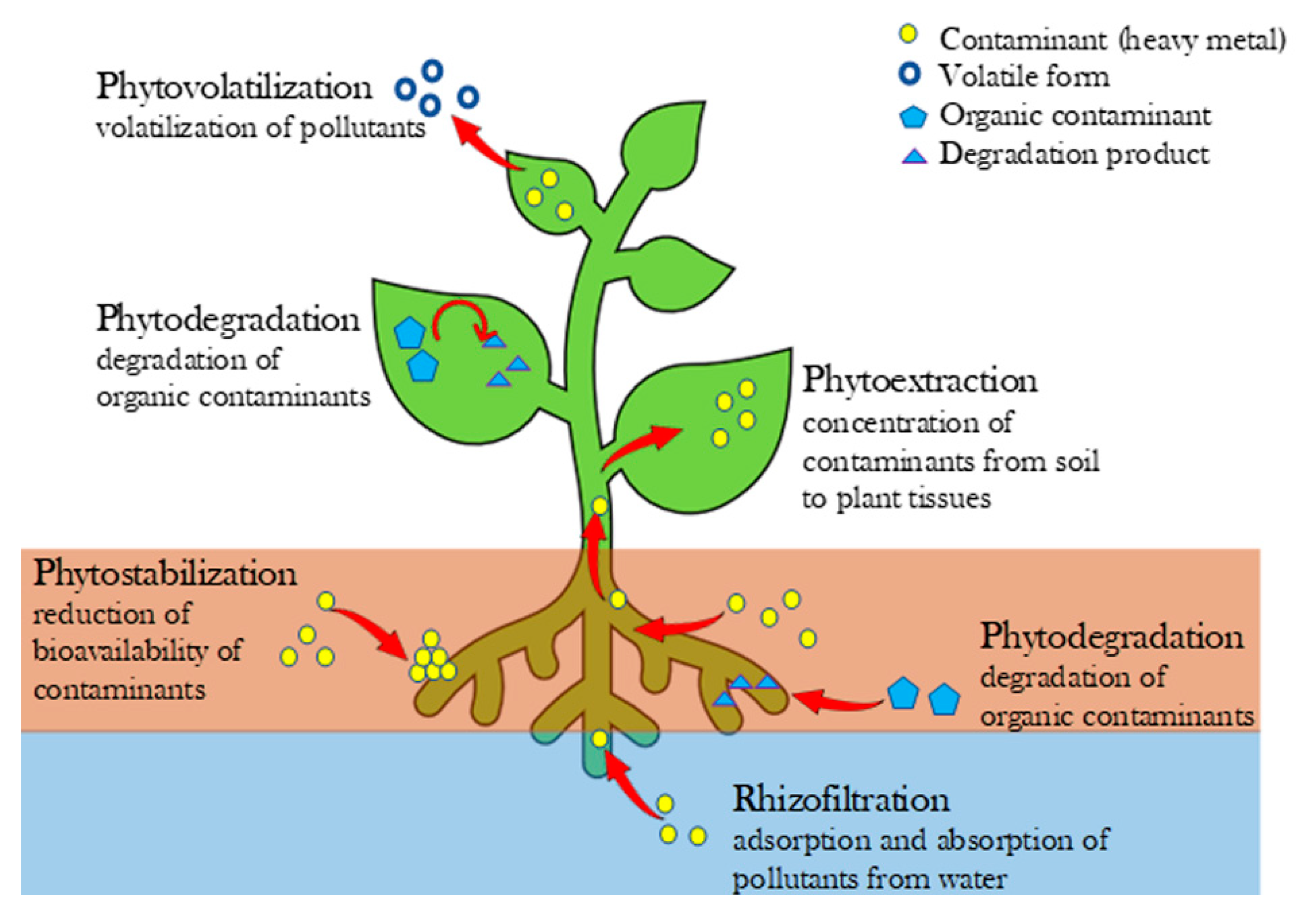
Applied Sciences Free Full Text Bioremediation Methods For The Recovery Of Lead Contaminated Soils A Review Html

3 Integrated Approach Of Bioremediation Including Bioaugmentation And Download Scientific Diagram

Pdf Bioremediation Of Palm Oil Mill Effluent Pome Using Indigenous Meyerozyma Guilliermondii
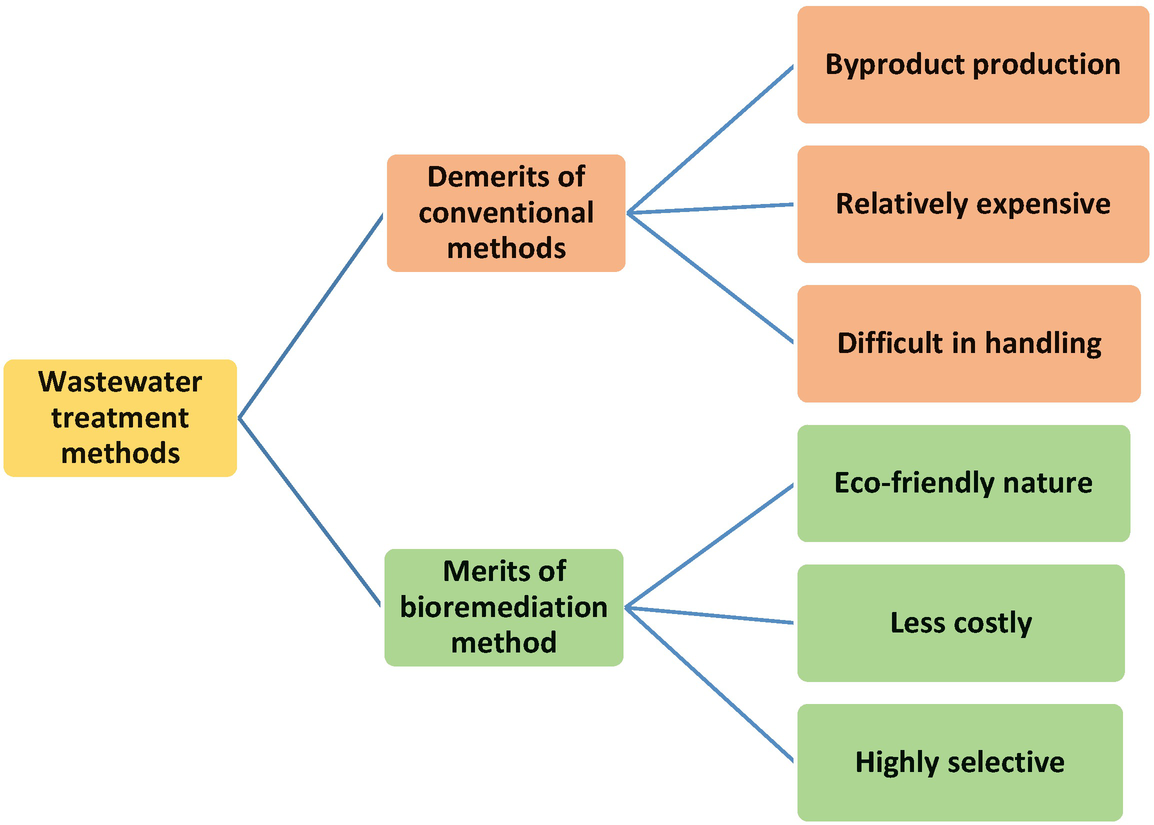
Application Of Microbes In Bioremediation Of Pesticides Springerlink

Pdf Microbial Bioremediation Of Heavy Metals Emerging Trends And Recent Advances
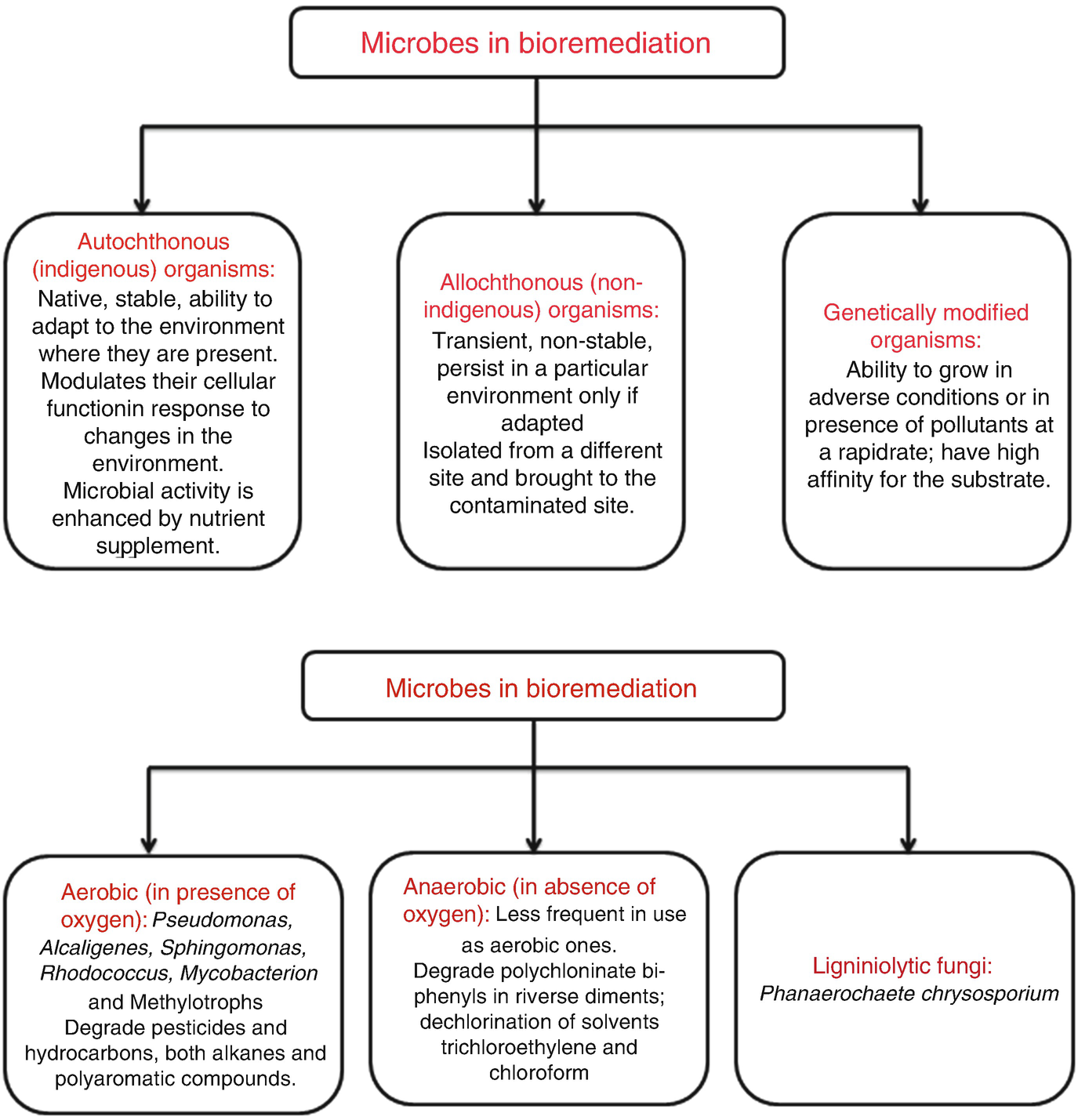
Bioremediation Current Research Trends And Applications Springerlink

Bioremediation Of Cytostatic Pharmaceutical And Personal Care Products And Emerging Technologies Sciencedirect
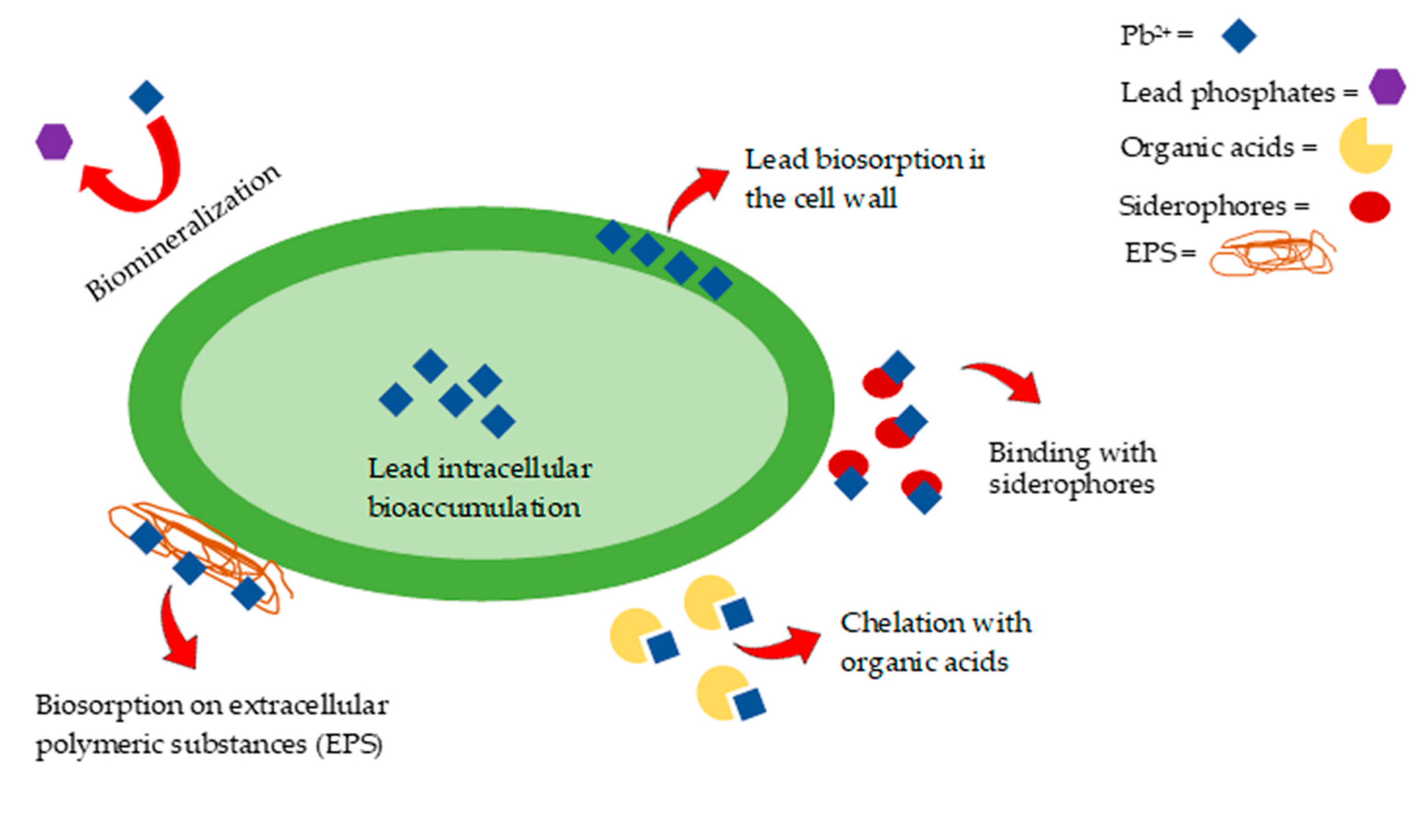
Applied Sciences Free Full Text Bioremediation Methods For The Recovery Of Lead Contaminated Soils A Review Html
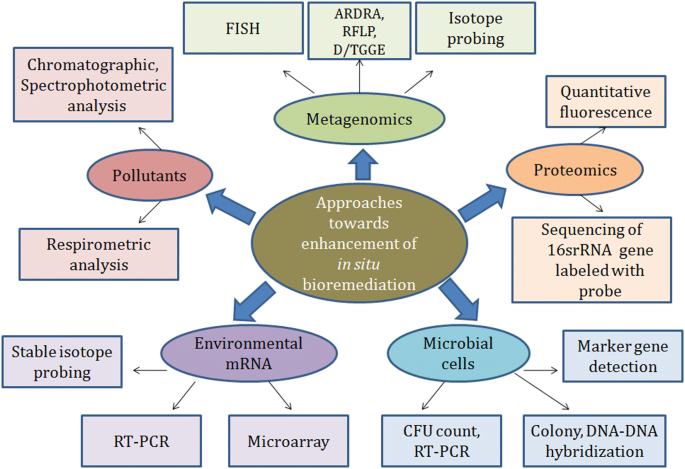
Bioremediation An Emerging Effective Approach Towards Environment Restoration Springerlink

Organic Wastes Bioremediation And Its Changing Prospects Sciencedirect
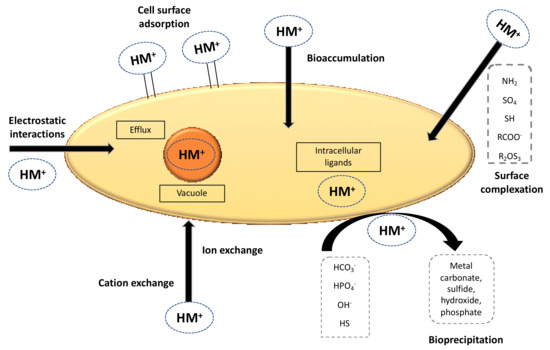
Processes Free Full Text Sustainable Application Of Biosorption And Bioaccumulation Of Persistent Pollutants In Wastewater Treatment Current Practice Html
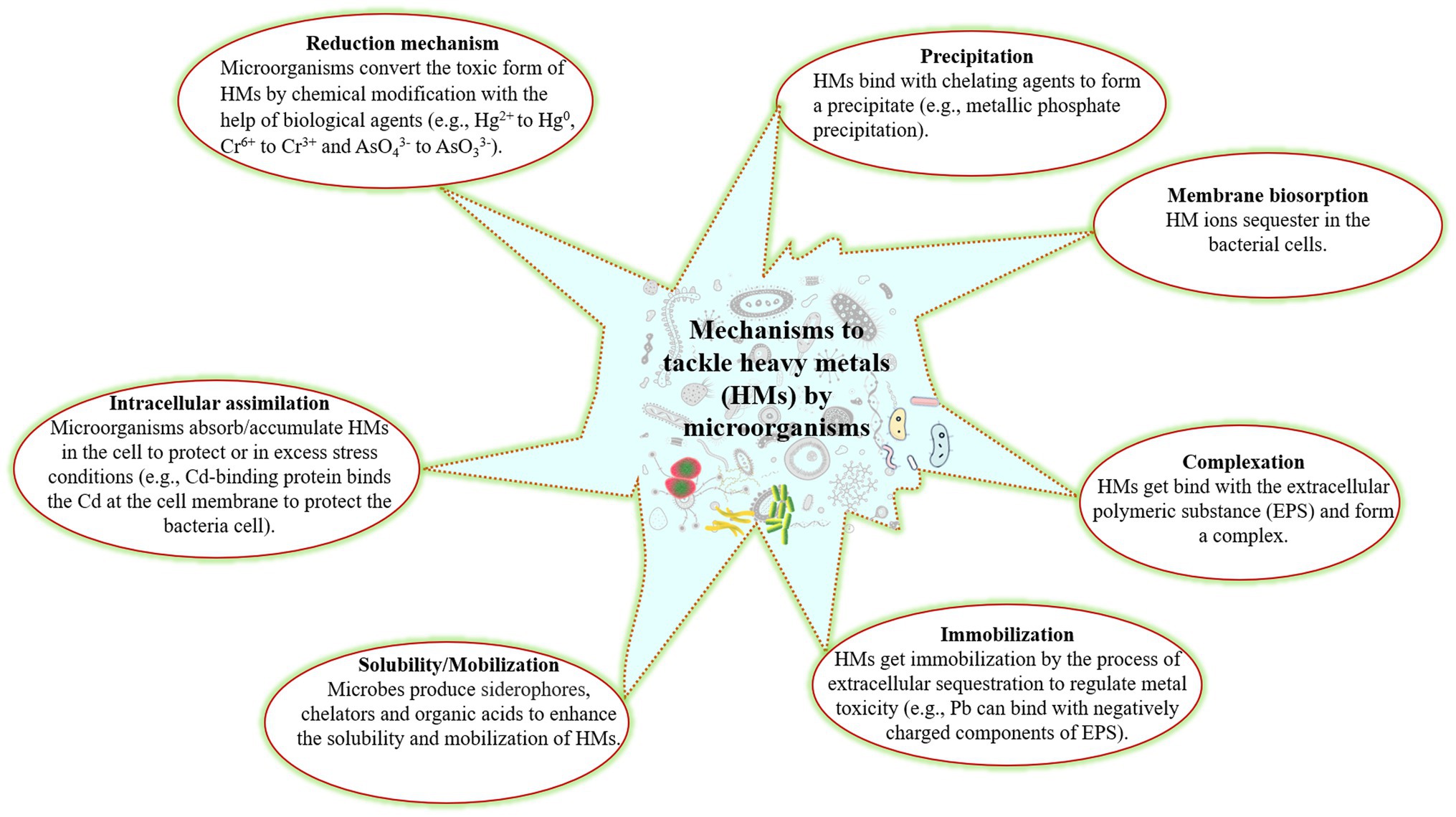
Frontiers Recent Developments In Microbe Plant Based Bioremediation For Tackling Heavy Metal Polluted Soils Microbiology
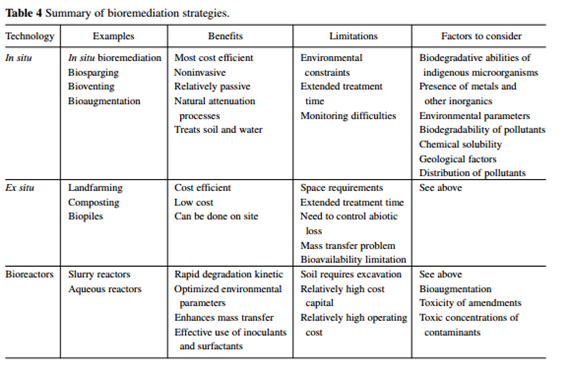
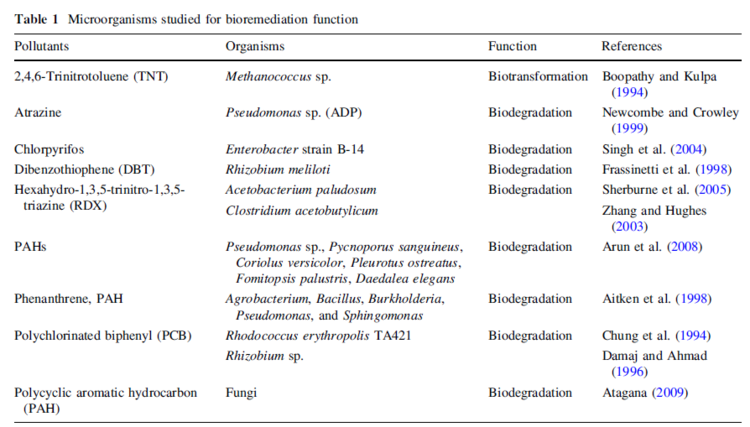
Comments
Post a Comment